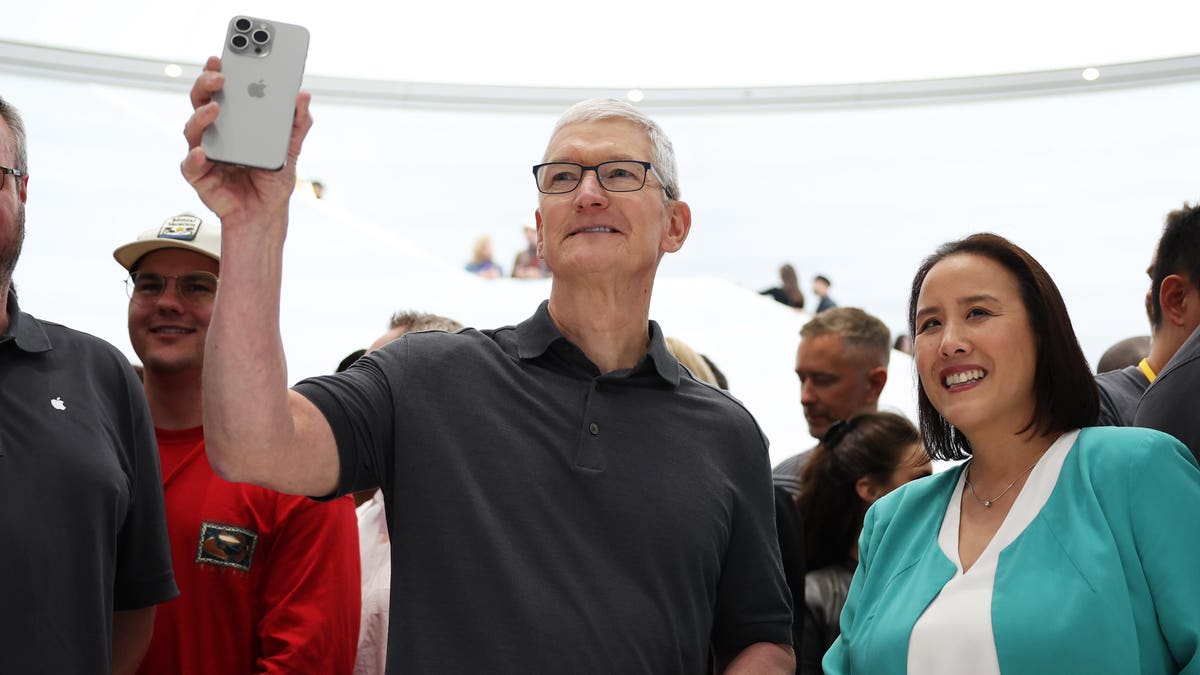The upcoming Apple
AAPL
Tap-To-Pay, Here-To-Stay
To be honest, I had expected the platforms (especially Google
GOOG
Overall, roughly three in four of 130 million iPhone users have activated Apple Pay, with nearly 56 million U.S. consumers making an in-store payment using Apple Pay in April 2023, accounting for nearly half of iOS users. And in 2021, there were an estimated 25 million Google Pay users, which is forecast to grow by another 10 million users by 2025. Visa
V
MA
Not everyone, it has to be said, is happy with Apple’s Wallet. The Consumer Financial Protection Bureau (CFPB) published their report into “tap to pay”, which finds that financial services providers can offer applications to facilitate POS payments but “cannot rely on NFC technology on mobile devices using Apple’s iOS operating system”. Similarly the European Union’s competition watchdog last year accused Apple of restricting rivals’ access to its tap-and-go technology, Near-Field Communication (NFC), used for mobile wallets, making it difficult for them to develop rival services on Apple devices.
What they mean is that Apple blocks access to EMV applications, not that it blocks access to all NFC applications or other payment applications: you can use other payment services such as Swish or MobilePay or Payconiq but that is via QR codes. The CFPB and the EU feel that Apple’s rules means that competition is limited and that widely used payment apps such as PayPal
PYPL
Banks and others are upset about this because they see it as Apple sitting between them and their customers. Last week Apple was ordered to face a private antitrust lawsuit by payment card issuers accusing the company of thwarting competition for its Apple Pay mobile wallet. The proposed class action is led by credit unions who say that Apple “coerces” people who use its devices into using its own wallet for contactless transactions forcing them to pay at least $1 billion of excess fees.
Never mind the issue of transactions fees though. As we all know, one of the most valuable assets in today’s economy is data. While there may be open banking payment transactions downstream (using the Apple Wallet as a front end to FedNow, for example), the fact is that the data Apple can obtain from bank accounts is worth vastly more than any transaction fees it might extract. Consumers are, by and large, happy using their digital wallets for payments. But the fact is that integration with open banking changes the relationship and moves the digital wallet closer to the epicentre of financial life. Tom Noyes wrote earlier this year about the Apple and Google wallets becoming a centre of trust and a super consumer platform empowering consumer choice and, crucially in my opinion, protecting consumer data.
As to when this feature — known as “Connected Cards” — will be available to American consumers, there is a clue in the fine print in the Wallet app set up, which says that “If you are in the United States, Connected Cards is provided by Apple Processing LLC”. It is unclear when Connected Cards will actually launch in the U.S., or which banks will participate. In the U.K., the feature sits on regulatory foundations that currently do not exist in the U.S.
It’s The Identity, Stupid
Anil John, Technical Director of Silicon Valley Innovation Program at the U.S. Department of Homeland Security, commented on that CFPB report calling it “recommended reading” and saying that if you substitute “payments” with “identity” in much of the report, “it gives you a preview and the playbook”. That is, wallets will be used by the techfins to make themselves gatekeepers when it comes to identity related transactions that take place on mobile devices (ie, pretty much all identity-related transactions). He is of course correct and, as has been obvious for years, when tap-to-pay becomes a subset of a more generalised tap-to-prove infrastructure, those gatekeepers will have significant power.
Back in 2014, in my tongue-in-cheek reminiscences of Money20/20 in Las Vegas that year, I made the same point about Apple, saying through the voice of an alter ego “I don’t fall for your ‘easy payment’ waffle. I know it’s just a trojan horse for your wallet play: loyalty, coupons and — if you have your dastardly way — identity”. Apple are smart, so I’m sure they figured this out long before I did, but it’s all about identity.
Read the full article here










